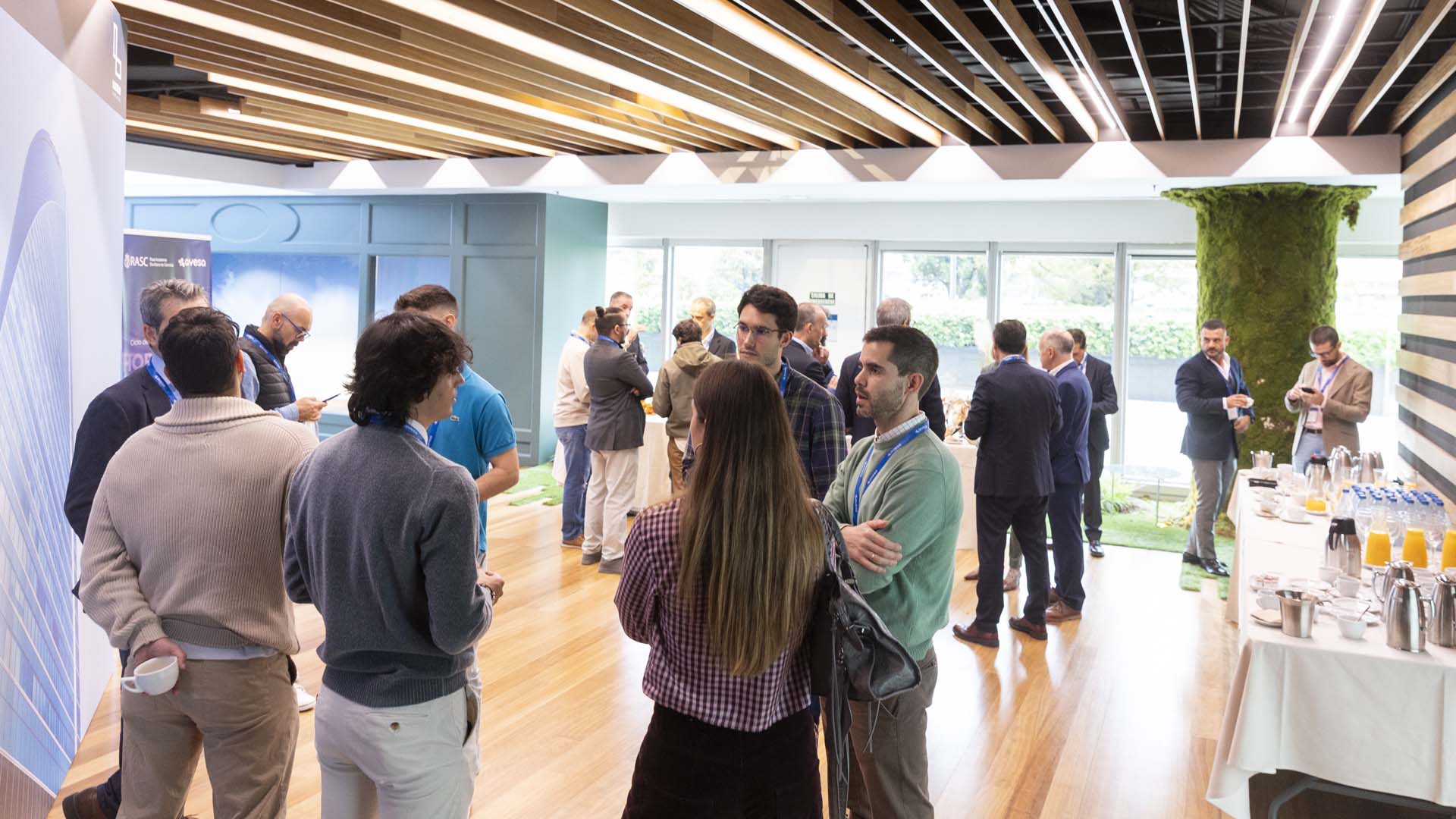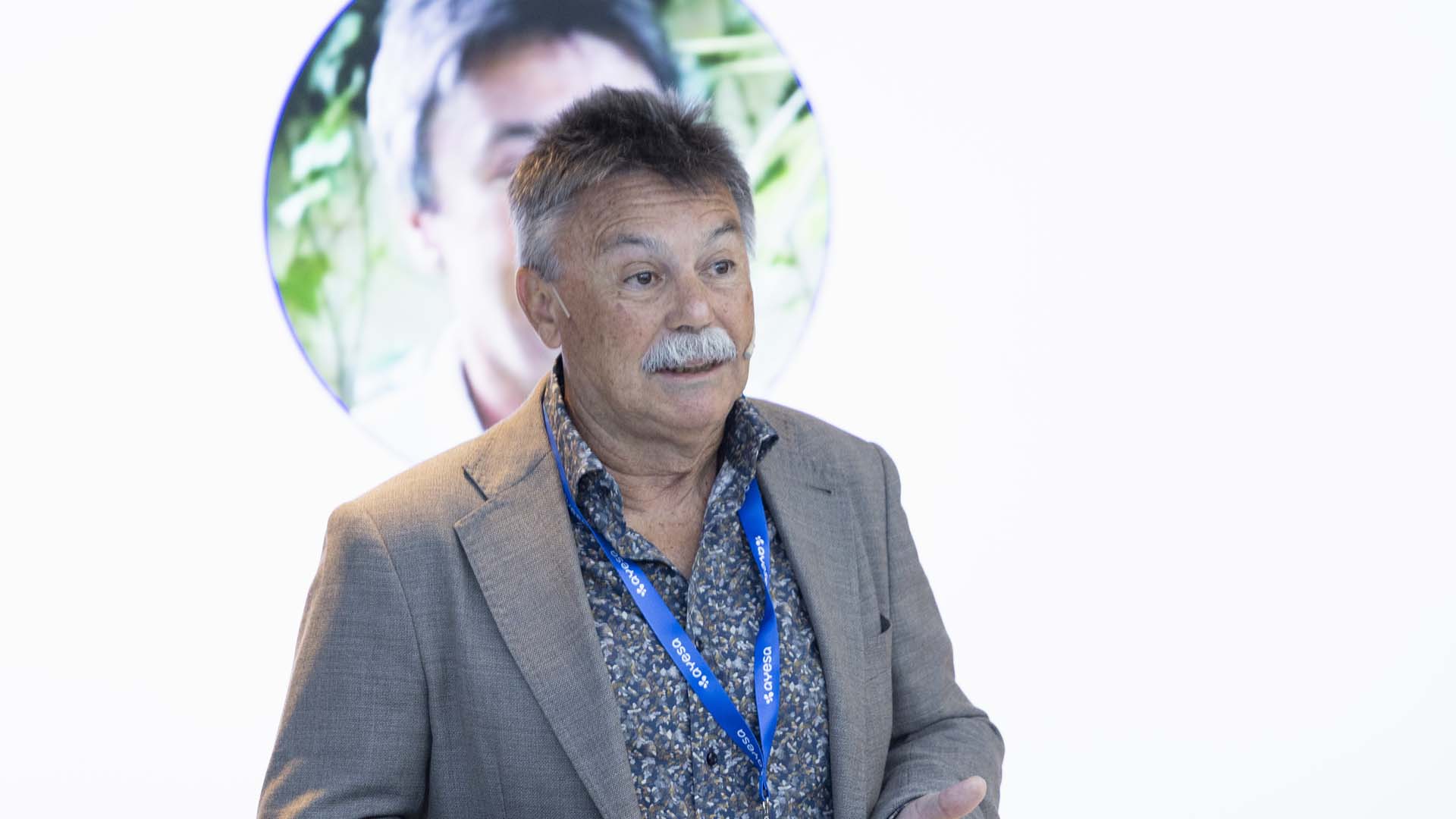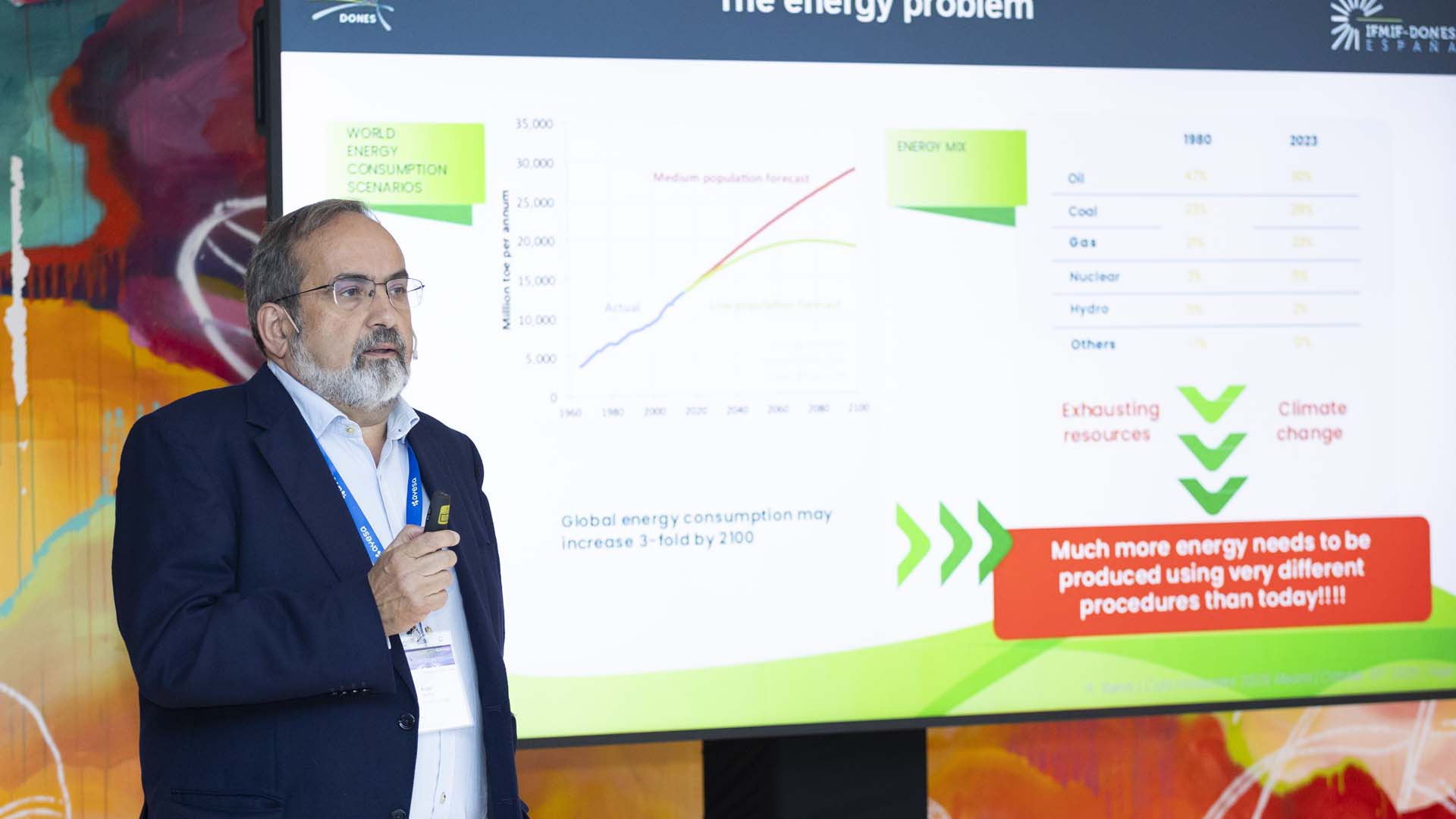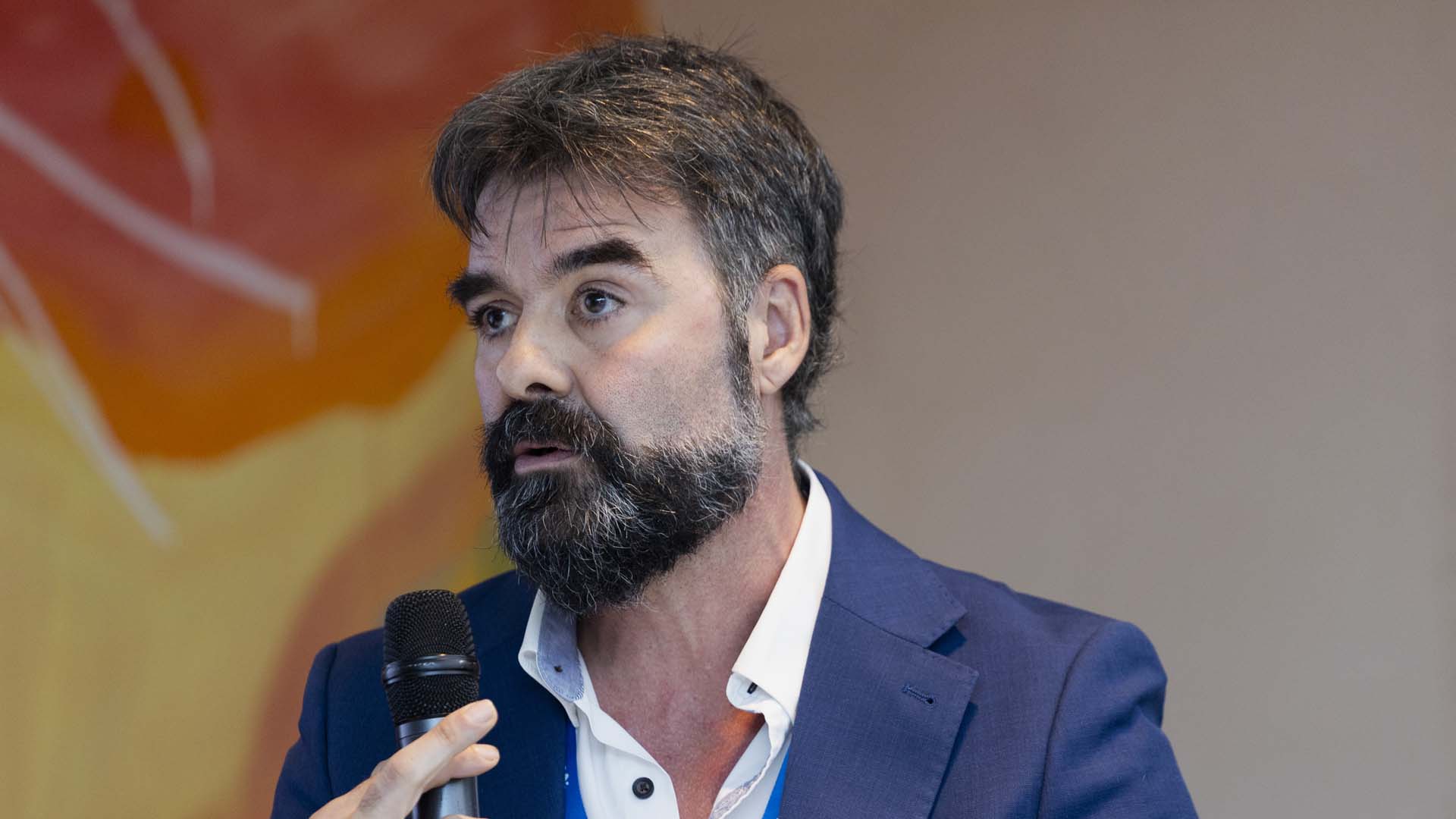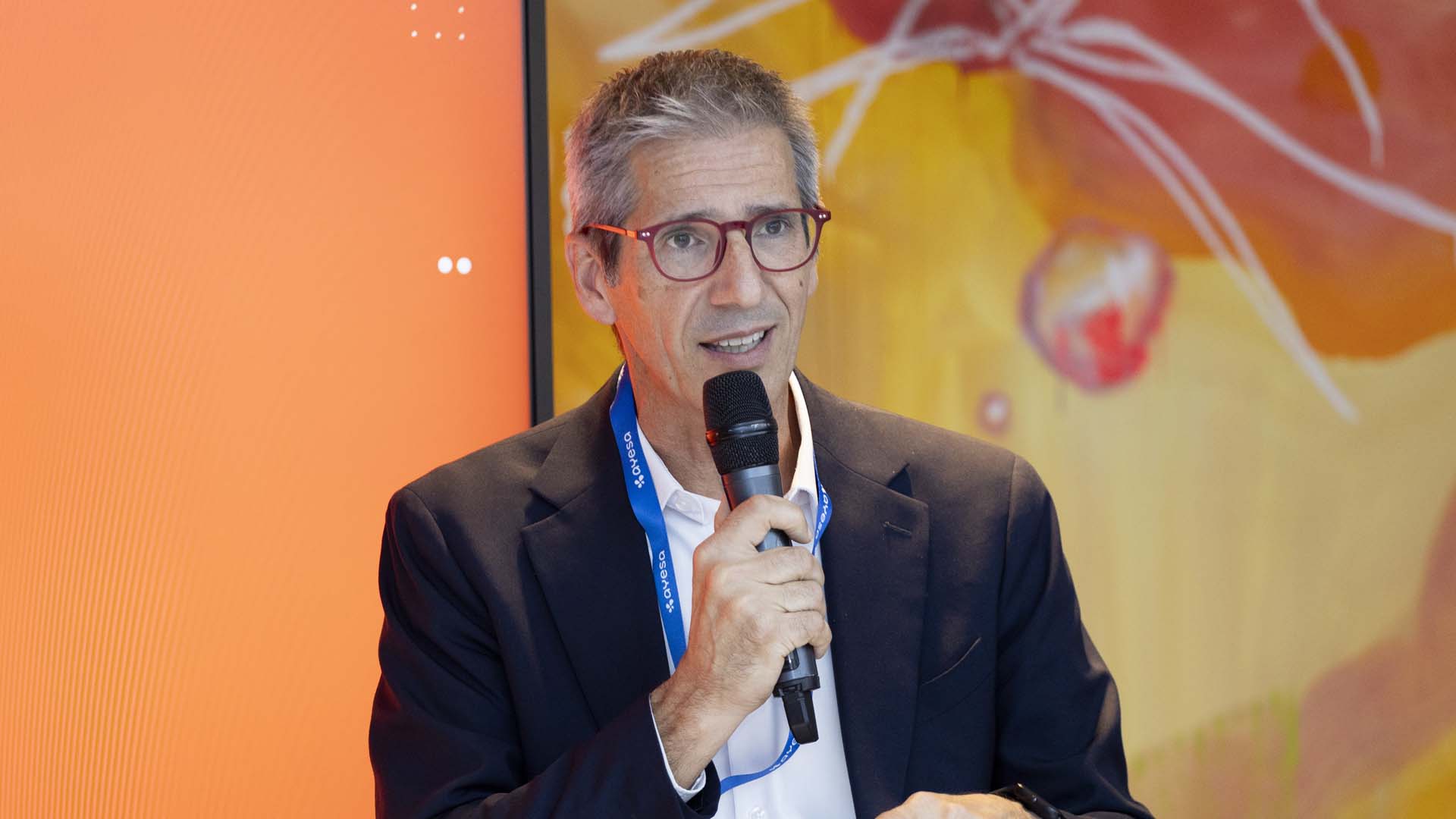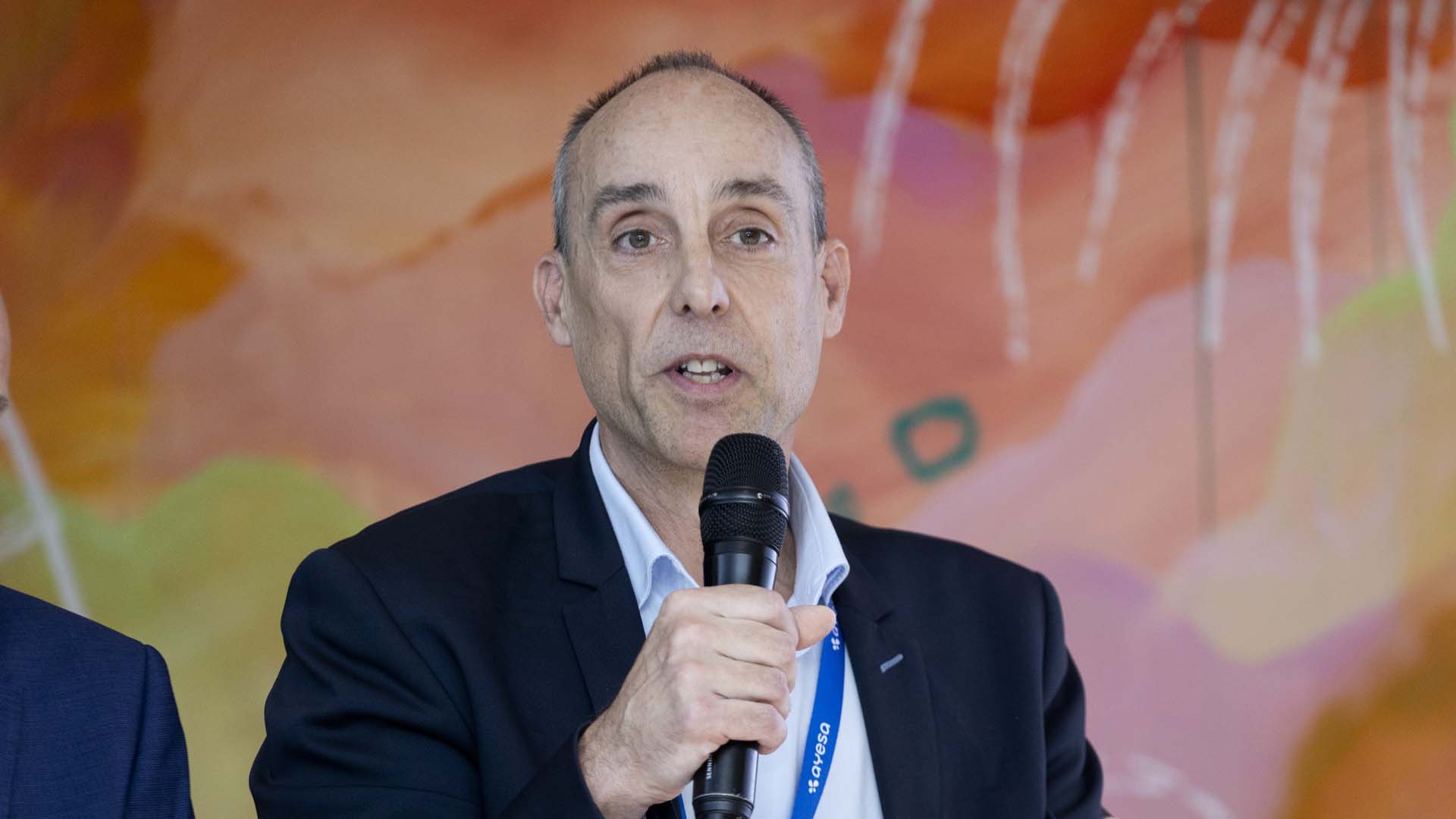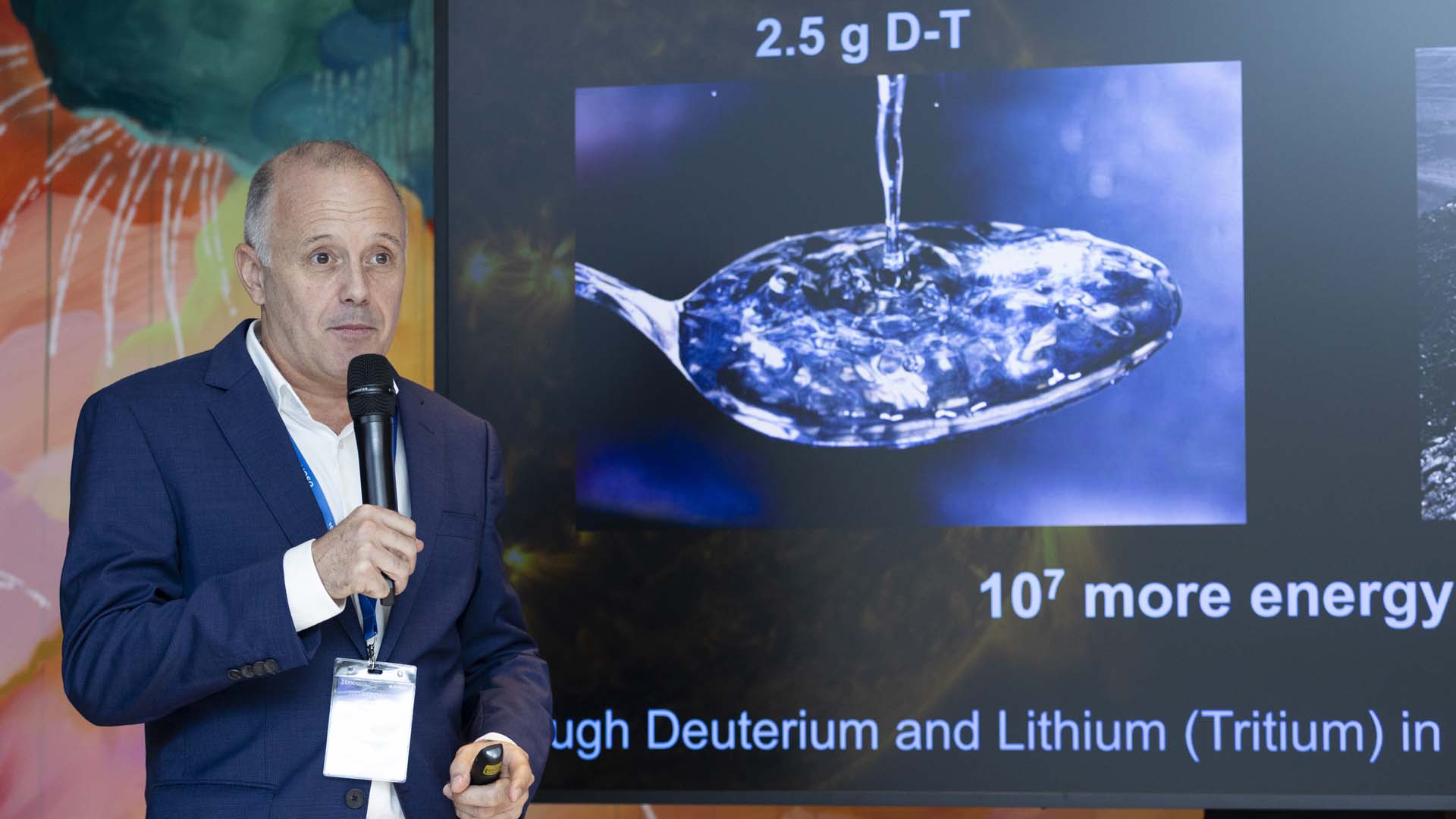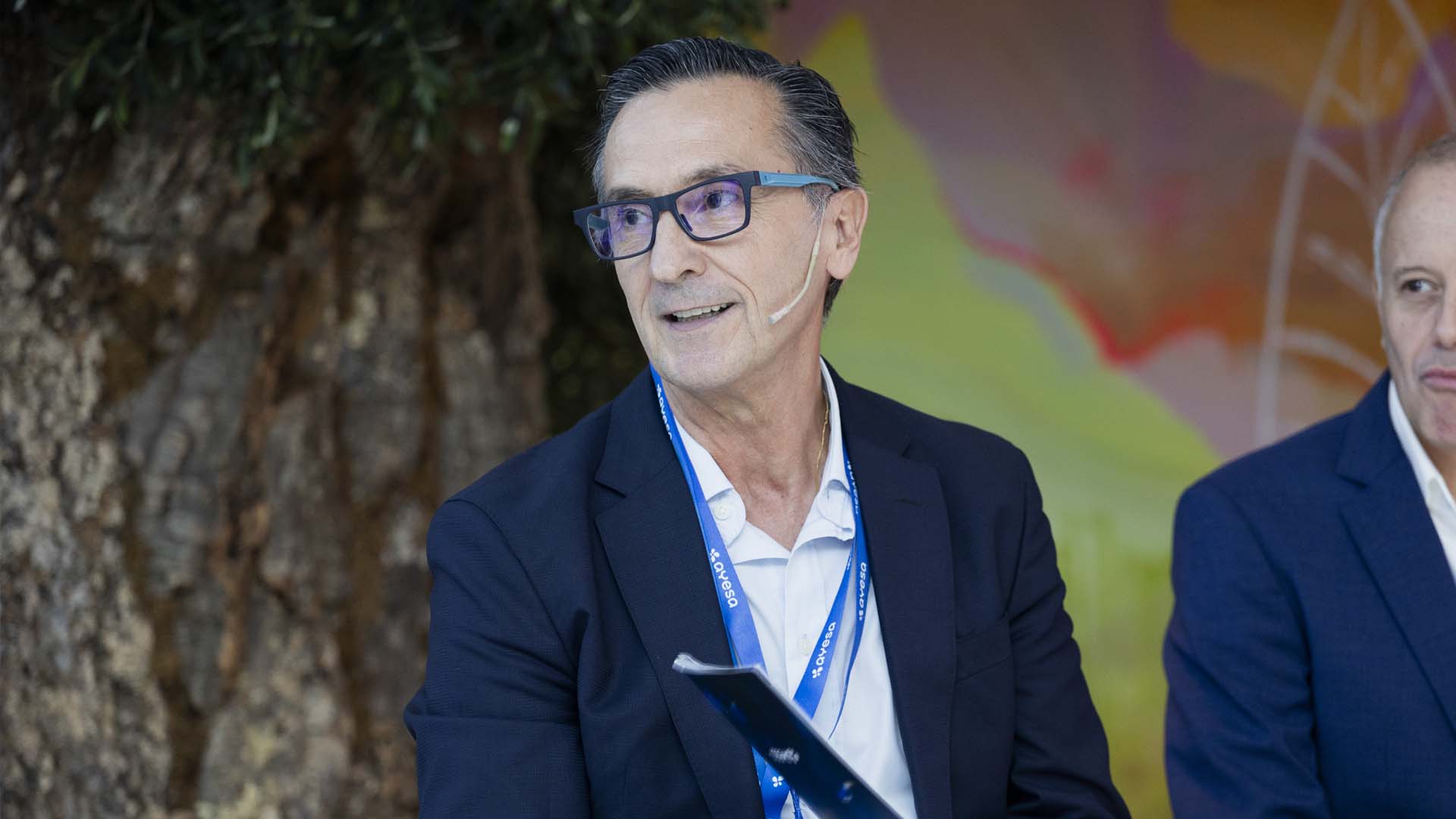November 14, 2025
Spain has an opportunity to reindustrialize around fusion energy
Experts gathered at the Horizontes Series, organized by Ayesa and the Royal Academy of Sciences of Seville, agree that there is a boom in companies dedicated to, and investment in, Fusion Energy technology. Spain is the third-best positioned country in Europe.
Although there is still no specific date for the commissioning of a commercial-scale fusion reactor, forecasts indicate that between 480 and 1,430 units could be operational worldwide by 2050, according to FusionX. This would represent an electricity market valued at €110 to €330 billion.
Spain is the third best positioned country in Europe in the development of fusion energy, thanks to its participation in major international projects and the consolidation of a robust scientific ecosystem. Now, the challenge lies in building an industrial fabric around it.
During the second session of the Horizontes Series, organized by Ayesa´s Innovation team and the Royal Academy of Sciences of Seville, experts agreed that Spain has a unique opportunity to reindustrialize around this clean, safe, and virtually inexhaustible energy source. They emphasized the need to start developing a strong auxiliary industry now to that Spain doesn´t miss the train of this new energy revolution.
Ángel Ibarra, Director General of IFMIF-DONES, a facility which, located in Granada, will become one of the world´s most significant scientific facilities in the field of fusion once completed, reinforced this idea. Ibarra noted that commercial fusion might not be relevant in the short term but that it is already giving rise to a new technological and industrial sector.
“We need to develop a value chain, and Spain is the third-largest contractor for ITER”, he said. “The global population is growing, and human development increasingly requires more energy. This means we need to double or triple current production levels”.
Ibarra also pointed out that “there is still more public than private investment, but we´re seeing an explosion of companies which is creating a sense of urgency and momentum”.
However, he warned that it is “important to evaluate reactor materials under end-of-life conditions, as thermal agents cause significant degradation when exposed to temperatures of 150 million degrees, compared to 20 million on the Sun´s surface”. Other key challenges include tritium extraction, plasma heat management, and remote maintenance.
Andoni Delgado, Head of the Science Industry Division at TEKNIKER, highlighted that “the technical potential of Spanish companies in fusion is truly significant, and being sovereign means developing technology, not just owning reactors”. At this research centre, work is underway to boost the auxiliary industry required, developing components such as tritium measurement devices and replicating vacuum lines to detect failures.
José Luis Elejalde, Director of the Energy, Climate and Urban Transition Unit at Tecnalia, affirmed that. “the contribution of fusion won’t be significant until 2050, but for the first time, this disruption is different. This time it´s a resource that is available equally across the planet, and only those who master the technology will lead the sector”.
“We have the opportunity to generate affordable energy and develop the technology. And we have time, because there’s still no nuclear generation industry market. What we do have is a science industry, which we must be capable of developing”, he added.
He also noted that “AI and advanced sensors will transform fusion design, improving plasma confinement models among other things. Alongside quantum computing, this brings us to the edge of knowledge”.
David Zaragoza, Head of Fusion at Idom, who has been involved in the ITER project in France for over ten years and now leads this business line, identified talent development as one of the main challenges, along with regulation, standards, and both public and private investment.
Manuel García, Associate Professor at the University of Seville and Co-Director of the Tokamak SMART-Fusion2Grid Project, explained that in the coming years, we will see machines in China and the U.S. achieving energy gains of ten, paving the way for commercial exploitation of the technology.
“The international landscape gives us reason for optimism due to the number of projects under development. In Seville, we are designing a more cost-efficient tokamak reactor, while also seeking to raise the TRL of the technology. We expect the design to be operational within ten years”.
For Juan de Dios Hermosín, Chief Innovation Officer at Ayesa, “Spain needs a national and European fusion strategy”. In this regard, the Spanish Government is expected to publish a Fusion Program during the first quarter of 2026.
Horizontes: Four Conferences, Four Future Challenges
Following this second session dedicated to fusion energy, the series will continue with two additional meetings focused on digital twins and artificial intelligence applied to healthcare—technologies that are reshaping engineering, industry, and public services.
Through Horizontes, Ayesa and the Royal Academy of Sciences of Seville aim to create a forum for dialogue and reflection on the trends that will shape the next decade, with particular focus on the role of science, innovation, and collaboration between businesses, universities, and public administrations.
We support your projects
We are here for you, to advise you personally and offer you the product you need.
